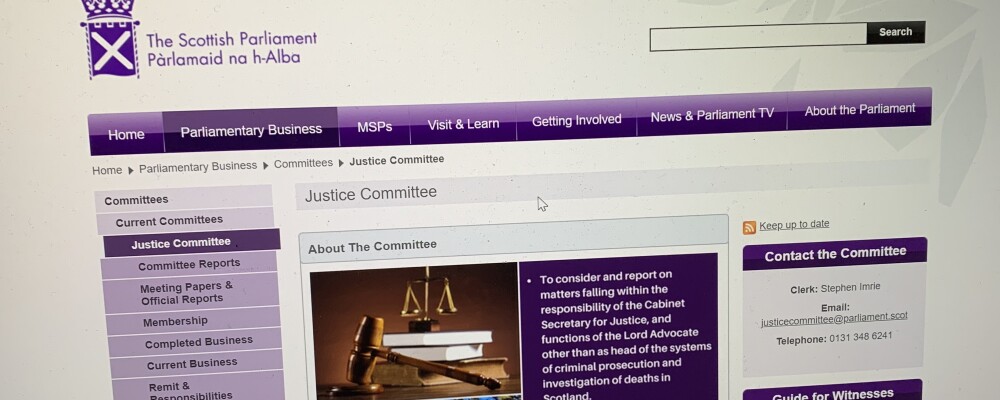Children (Scotland) Bill- an Overview
Yesterday in the first blog of our series on the Children (Scotland) Bill we gave you some background on the United Nations Convention on the Rights of the Child (UNCRC). You can find the post here.
Today we will be giving you an overview of the Bill, which will begin Stage 2 of the legislative process tomorrow. You can follow its progress by keeping an eye on the Justice Committee page here. This is the stage at which there is detailed consideration given to the wording of the Bill and amendments are considered.
The Bill proposes reform in a number of areas that go beyond simply updating our law to make it compliant with the UNCRC. Each day this week we will highlight a few of the particular provisions that are proposed, but first some context.
What are the policy objectives of the Children (Scotland) Bill?
The Explanatory Notes to the Bill summarised the policy objectives as being to:
- ensure the views of the child are heard in contact and residence cases;
- further protect victims of domestic abuse and their children;
- ensure the best interests of the child are at the centre of any contact and residence case and children’s hearing; and
- further compliance with the United Nations Convention on the Rights of the Child (UNCRC) in family court cases.
Overview of the changes that are being proposed:
The Government says that,
‘The Bill changes the law to improve the court process in contact and residence cases. Contact and residence cases decide the living and visiting arrangements for children. It also covers contact and residence cases of children when parents are no longer together. It also covers changes to aspects of the Children’s Hearings system.
The changes proposed by the Bill include:
- encouraging hearing the views of younger children
- protecting vulnerable witnesses in court cases about children
- recognising parental rights and responsibilities obtained outwith the UK
- regulating child contact centres [contact centres are places that provide a venue and other services for children to spend time with people they don’t live with]’
What are the details of what is being proposed?
We will have some posts later this week looking at some of the individual sections of the Bill and will keep you up to date with significant amendments that are proposed in Stage 2 of the Justice Committee deliberations. But keep an eye out for detail on:
- Significant changes to the way that Child Welfare Reporter and/or Curator ad Litems are appointed and regulated. Child Welfare Reporters are independent individuals, appointed by the court, who provide reports to the courts on a child’s welfare and can seek the views of children involved in the litigation. Curators ad Litem are also independent and appointed by the court to represent a child’s interests in a litigation;
- Changes to the list of things the court must consider when making their decisions in child cases;
- Provision to promote contact between looked after children and siblings, which is particularly timely, given the Supreme Court cases handed down last week- ABC (Appellant) v Principal Reporter and another (Respondents) and In the matter of XY (Appellant) (Scotland) [2020] UKSC 26, which were about the rights of siblings to be involved in cases before the Children’s Hearing system.
Keep an eye out for our posts in the coming days where we will look in more detail as some of these changes proposed in the Bill.

